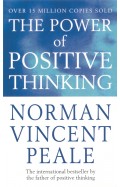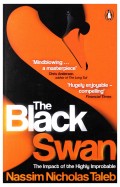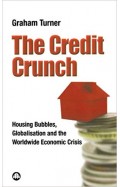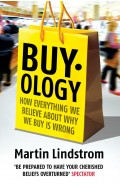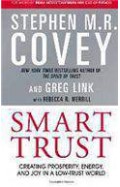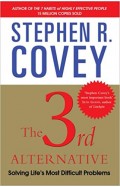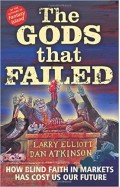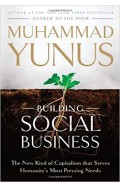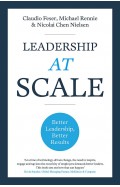Good To Great
By: Jim Collins
-
Rs 5,010.75
- Rs 5,895.00
- 15%
You save Rs 884.25.
Due to constant currency fluctuation, prices are subject to change with or without notice.
| Book | |
| What's in the Box? | 1 x Good To Great |
Great By Choice: Uncertainty Chaos And Luck Why Some Thrive Despite Them All
By: Jim Collins
Rs 5,395.50 Rs 5,995.00 Ex Tax :Rs 5,395.50
How The Mighty Fall And Why Some Companies Never Give In Audio Cd
By: Jim Collins
Rs 1,912.50 Rs 2,550.00 Ex Tax :Rs 1,912.50
Good to Great and the Social Sectors - A Monograph to Accompany Good to Great
By: Jim Collins
Rs 212.50 Rs 250.00 Ex Tax :Rs 212.50
How the Mighty Falll: And why Some Companies Never Give in
By: Jim Collins
Rs 4,045.50 Rs 4,495.00 Ex Tax :Rs 4,045.50
Good to Great - Why Some Companies Make the Leap-- and Others Don't
By: Jim Collins
Rs 4,045.50 Rs 4,495.00 Ex Tax :Rs 4,045.50
Zubin Mehta: A Musical Journey (An Authorized Biography)
By: VOID - Bakhtiar K. Dadabhoy
Rs 892.50 Rs 1,050.00 Ex Tax :Rs 892.50
The Power Of Positive Thinking For Young People
By: Norman Vincen Peale
Rs 2,245.50 Rs 2,495.00 Ex Tax :Rs 2,245.50
The Black Swan The Impact Of The Highly Improbable
By: Nassim Nicholas Taleb
Rs 2,965.50 Rs 3,295.00 Ex Tax :Rs 2,965.50
Inside Apple How Americas Mo Admired And Secretive Company Really Works
By: Adam Lashinsky
Rs 1,147.50 Rs 1,350.00 Ex Tax :Rs 1,147.50
Buyology How Everything We Believe About Why We Buy Is Wrong
By: Martin Lindstrom
Rs 2,695.50 Rs 2,995.00 Ex Tax :Rs 2,695.50
The 3rd Alternative Solving Life s Most Difficult Problems
By: Stephen Covey
Rs 675.75 Rs 795.00 Ex Tax :Rs 675.75
Building Social Business The New Kind Of Capitalism That Serves Humanitys Most Pressing Needs
By: Muhammad Yunus
Rs 400.00 Ex Tax :Rs 400.00
The Power Of Positive Thinking For Young People
By: Norman Vincen Peale
Rs 2,245.50 Rs 2,495.00 Ex Tax :Rs 2,245.50
The Little Big Things - 163 Ways to Pursue EXCELLENCE
By: Thomas J. Peters
Rs 2,965.50 Rs 3,295.00 Ex Tax :Rs 2,965.50
Leadership At Scale: Better leadership, better results Paperback
By: Claudio Feser
Rs 3,865.50 Rs 4,295.00 Ex Tax :Rs 3,865.50
Zubin Mehta: A Musical Journey (An Authorized Biography)
By: VOID - Bakhtiar K. Dadabhoy
Rs 892.50 Rs 1,050.00 Ex Tax :Rs 892.50
Great By Choice: Uncertainty Chaos And Luck Why Some Thrive Despite Them All
By: Jim Collins
Rs 5,395.50 Rs 5,995.00 Ex Tax :Rs 5,395.50
How The Mighty Fall And Why Some Companies Never Give In Audio Cd
By: Jim Collins
Rs 1,912.50 Rs 2,550.00 Ex Tax :Rs 1,912.50
Good to Great and the Social Sectors - A Monograph to Accompany Good to Great
By: Jim Collins
Rs 212.50 Rs 250.00 Ex Tax :Rs 212.50
How the Mighty Falll: And why Some Companies Never Give in
By: Jim Collins
Rs 4,045.50 Rs 4,495.00 Ex Tax :Rs 4,045.50
Good to Great - Why Some Companies Make the Leap-- and Others Don't
By: Jim Collins
Rs 4,045.50 Rs 4,495.00 Ex Tax :Rs 4,045.50
The Power Of Positive Thinking For Young People
By: Norman Vincen Peale
Rs 2,245.50 Rs 2,495.00 Ex Tax :Rs 2,245.50












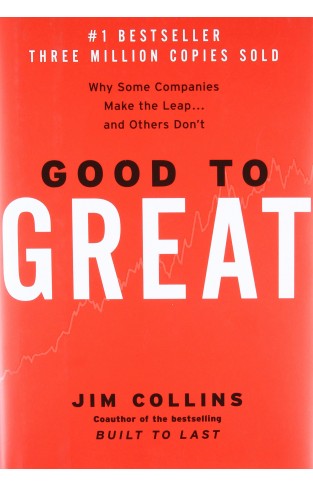
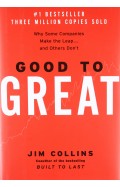
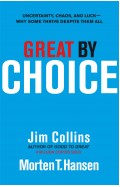
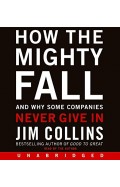
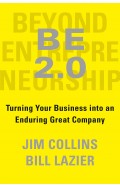
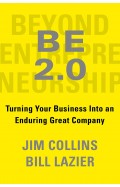
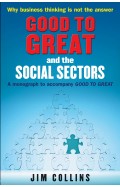
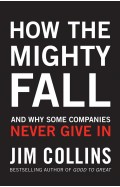

-120x187.jpg?q6)






